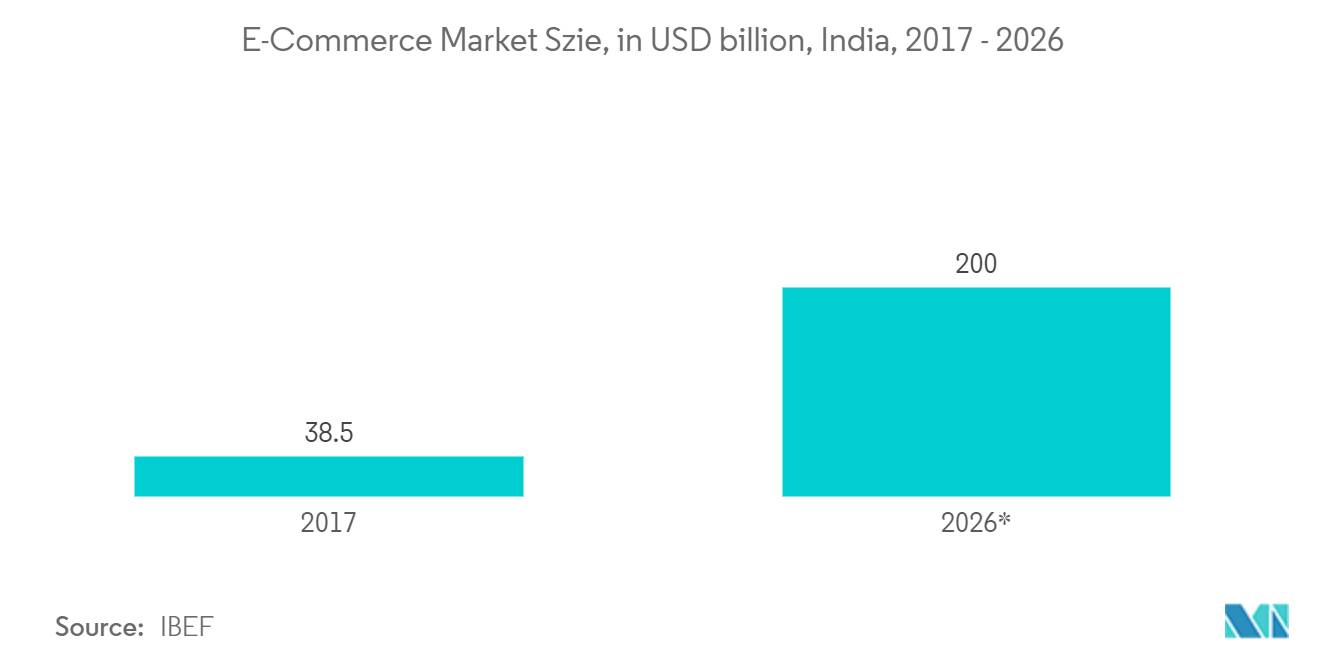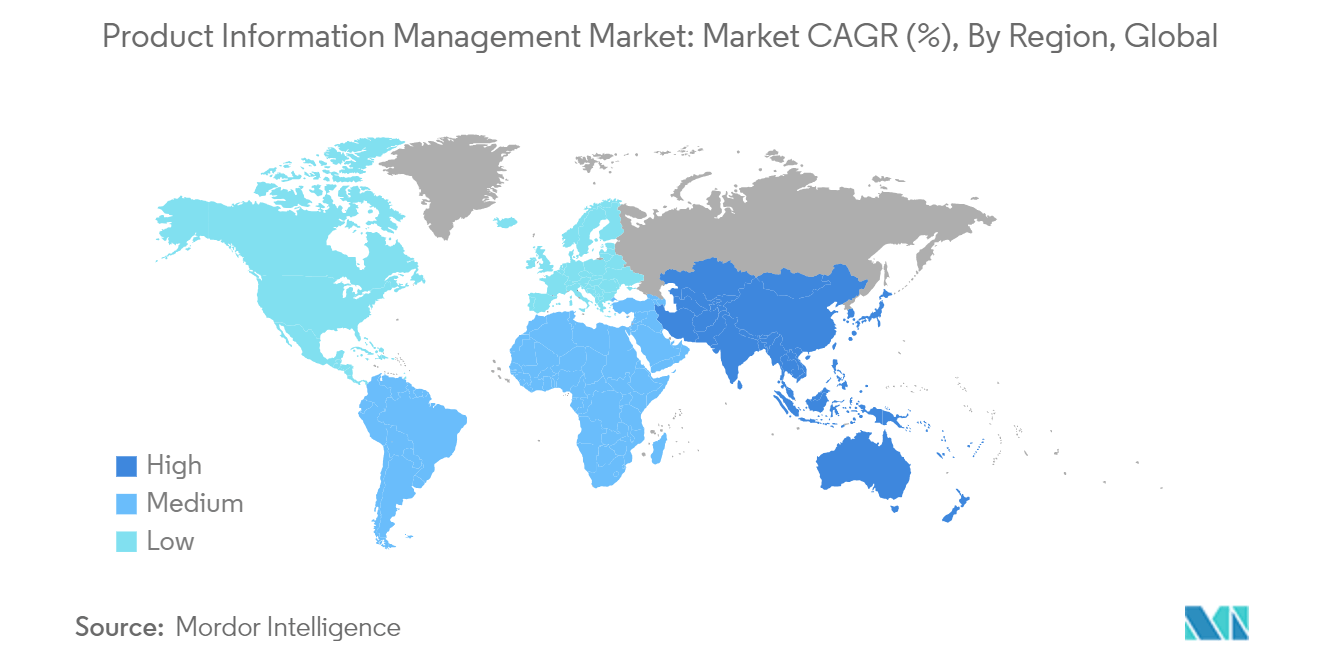Market Trends of Product Information Management Industry
Retail Sector to Witness Growth
- The adoption of product information management (PIM) is expected to gain market in the retail and e-commerce industry due to the growing focus on enhancing customer experience and the adoption of artificial intelligence (AI) and retail analytics tools in the retail and e-commerce sector.
- Owing to digitization, customers have the power to access product information through various sources. Also, with the massive growth in e-commerce, customer preferences and behaviors have changed drastically. Moreover, as the world of mobility and artificial intelligence combines with smart data analytics, retailers across the world can experience accurate analytics that are useful for their business.
- According to Shopify, around 62% of internet users concur that past customer experience and service have significantly influenced their future purchase decisions. E-commerce sales are expected to surpass USD 8.1 trillion in 2026, and there are currently 12 to 24 million e-retail stores globally.
- Additionally, according to the IBEF, the Indian e-commerce market is set to reach USD 200 billion by the end of 2026, from USD 38.5 billion in 2017. This industry’s rapid growth is primarily triggered by increasing internet and smartphone penetration. The continuing digital transformation in India is expected to increase the country’s total internet user base. As per the Internet and Mobile Association of India, India has more than 820 million active Internet users. Over half of them, around 442 million, come from rural parts of the country. In 2023, internet penetration grew eight percent year-on-year.
- Customer conversion is a significant challenge for retailers, and they are competing to engage the empowered consumer by providing them with a comprehensive solution for accessing product information, thereby enhancing the information supply chain. PIM solutions maintain a tab on such information and offer enterprises a competitive advantage. PIM is also used to manage data generated from various sources.
- The brick-and-mortar stores are challenged with managing old and new product additions. Also, various brick-and-mortar stores are expanding their customer reach by moving their products to online sales channels. Hence, the need for consistent, complete, and accurate product information to customers has gained increased importance, which is instrumental in driving the adoption of PIM solutions in the retail industry.

Asia Pacific Expected to Register Major Growth
- Asia-Pacific is expected to witness the highest growth owing to the development of small and medium-sized organizations and increasing investment in cloud and data management technologies such as PIM.
- Software companies in the region are facing high pressure to increase agility and improve efficiency through digital transformation, owing to customers' rising expectations and high competition from other players. This creates an opportunity for the market. The growth of e-commerce industries in countries such as China and India positively drives the market's growth. International sales are becoming more important for each online retailer.
- China is one of the nations where the e-commerce market is growing rapidly due to the increasing consumer preference for online shopping, the proliferation of alternative payment solutions, online shopping events, such as single-day offers with lucrative discounts, and improved logistic infrastructure. One of the primary factors driving the market's growth is rapid urbanization. Additionally, rising internet penetration and devices such as smartphones, laptops, and tablets to access e-commerce websites boost the market's growth. E-commerce allows businesses to conduct business without maintaining a physical presence, saving money on infrastructure, communication, and overhead.
- According to Invest India, the e-commerce sector in India is growing based on factors such as increased smartphone penetration, increased affluence, and low data prices, which are driving e-commerce growth.
- India is the 2nd largest internet market globally, with over 900 million users and 125.94 billion UPI transactions in 2022. In FY 2025, India's social economy could reach USD 16 to USD 20 billion, growing at a compound annual growth rate of 55% to 60%. By 2024 and 2026, the Indian e-commerce market is expected to reach USD 111 billion and USD 200 billion, respectively. India has gained 125 million online shoppers in the last three years, with another 80 million expected by 2025.
- Therefore, the presence of a significant retail market in the region alongside the adoption of advanced technologies is set to bolster the market growth rate during the forecast period.


